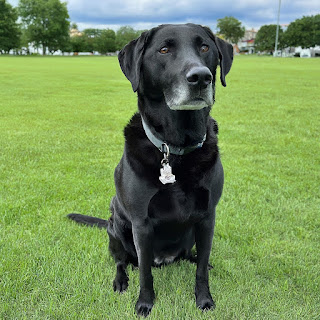Introduction
Training your dog is an essential part of being a responsible pet owner. It not only enhances your dog’s behavior but also strengthens your bond. This guide provides practical tips to help you train your dog effectively, from basic obedience to overcoming common behavioral challenges.
Understanding Your Dog's Learning Style
Every dog is unique, and understanding your dog's learning style is crucial for successful training.
- Positive Reinforcement: Reward desired behaviors with treats, praise, or playtime.
- Negative Reinforcement: Removing something unpleasant when your dog performs the desired behavior.
- Consistency: Maintain consistent commands and routines.
- Patience: Training takes time, so be patient and avoid frustration.
Basic Obedience Commands
Mastering basic commands is the foundation of any training program.
- Sit: Teach your dog to sit on command.
- Stay: Train your dog to remain in a specific position.
- Come: Teach your dog to return to you when called.
- Leave it: Teach your dog to avoid picking up items.
- Heel: Teach your dog to walk calmly beside you on a leash.
Socialization: Building a Well-Adjusted Dog
Socialization is essential for a well-rounded dog.
- Expose your dog to different people: Invite friends and family over for short visits.
- Take your dog on walks: Introduce them to various environments and stimuli.
- Attend puppy socialization classes: Provide structured opportunities for social interaction.
- Positive interactions: Ensure positive experiences with other dogs and people.
Common Behavioral Issues and Solutions
- Chewing: Provide appropriate chew toys and redirect your dog's attention.
- Jumping: Ignore jumping behavior and reward when all four paws are on the ground.
- Barking: Identify the reason for barking and address the underlying issue.
- Pulling on the Leash: Use positive reinforcement and training aids like harnesses.
- Separation Anxiety: Gradually increase alone time and provide calming aids.
Creating a Positive Training Environment
A positive and rewarding training environment is crucial for success.
- Short and frequent training sessions: Keep sessions engaging and focused.
- Use high-value treats: Reward your dog with treats they love.
- Clear and consistent commands: Use the same words and hand signals.
- Body language: Pay attention to your dog's body language and adjust your approach accordingly.
- Celebrate successes: Positive reinforcement strengthens the learning process.
Professional Training and Behavior Consultation
If you're struggling with severe behavioral issues or complex training challenges, consider seeking professional help from a qualified dog trainer or behaviorist.
Conclusion
Training your dog requires patience, consistency, and positive reinforcement. By following these tips and building a strong bond with your furry friend, you can create a well-behaved and happy companion. Remember, training is a journey, and every dog learns at their own pace. Celebrate small victories and enjoy the process of building a lasting relationship with your dog.


